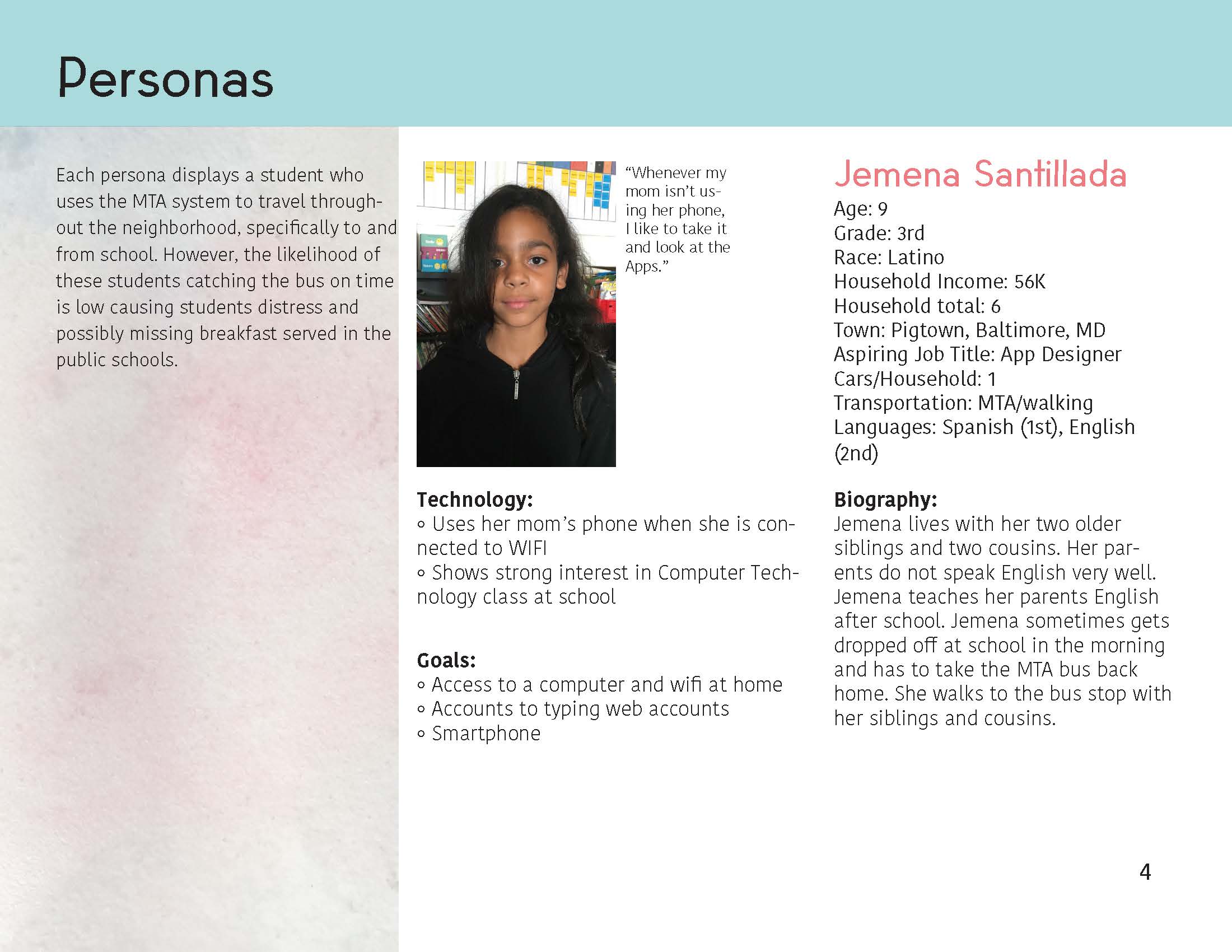THE PROJECT
Center Stage, a local theatre located in midtown, Baltimore, MD asked the students of University of Baltimore to design an unique and interactive experience for visitors. The purpose of the interaction is to increase the number of visitors, as well as attract a larger and more diverse target audience. As a group, Rhiannon Fox, Kate Coates, and Suzanne Royer, and myself included worked collaboratively in a team to brainstorm, draft, and execute a user experience that would imbue “access for all”, prime the audience for the Center Stage production, as well as deepen the storytelling, all in a space that crosses the digital and physical world.
COMPETITIVE ANALYSIS
Each of us played a significant role in the lifecycle of the project. My duties included brainstorming the initial idea, writing the personas, conducting a competitive analysis and selecting an existing inspiration to write about, taking original photographs around Baltimore City of inspirations (gathered from Light City Festival), drawing original sketches of design space, creating a storyboard, as well as gathering information through physical user testing. Mainly, I am most proud of my input in the beginning of the project lifecycle, in which my original ideas were formed and expressed to the group. I was able to observe the idea blossom into the final interaction.









































































































































































